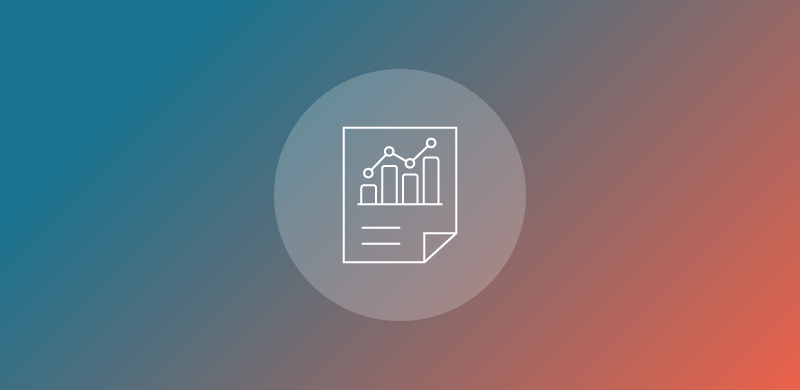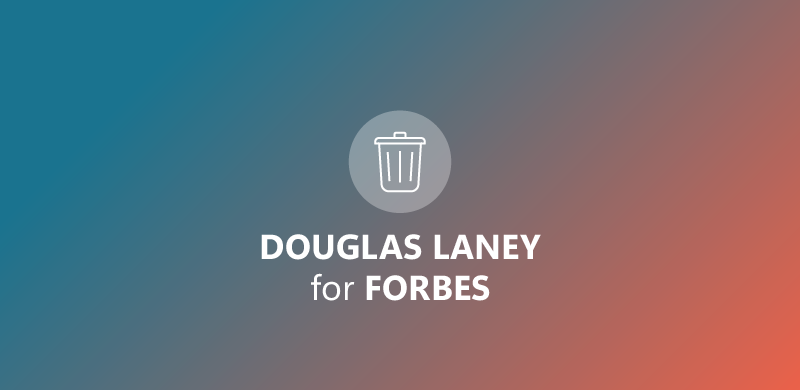Senior Analyst Data & Analytics
Architecture and technology help balance centralized and decentralized data requirements
Data Black Holes Survey: Kapitel 3
A centralized data architecture is not the only answer. Modern technology can help to balance centralized and decentralized data requirements.
Erhalten Sie Zugriff auf diesen Inhalt, indem Sie BARC+ in unserem Shop erwerben.
Exklusiver Inhalt für Abonnenten von BARC+
Weiterlesen mit dem Digital-Abo BARC+. Für alle, die wissen wollen, was die Data & Analytics-Welt wirklich bewegt.
BARC+
Für nur 79€ im Monat (948€ im Jahr) erhalten Sie Zugang zu allen kostenpflichtigen Inhalten auf www.barc.com.
Ihre Vorteile:
- Erhalten Sie unabhängige Informationen zu Trends, Marktentwicklungen und Softwarelösungen aus den Bereichen Data, Analytics, Business Intelligence, Data Science und Corporate Performance Management
- Treffen Sie Ihre Entscheidungen rund um Data & Analytics auf Basis von Zahlen, Daten, Fakten und Experten-Know-how
- Zugriff auf alle Premium-Artikel und unseren gesamten Research, unter anderem alle Softwarevergleichsstudien, Scores, Surveys und die Premiumversion der BARC Data & Analytics Gehaltsstudie
- Unbeschränkter Zugang zur BARC-Mediathek
- Konsumieren Sie die Inhalte unbeschränkt und überall
Haben Sie bereits ein Abo von BARC+? Hier anmelden.
Table of Content "Data Black Holes" Survey
- Management Summary & Recommendations
- 1. Data black holes: the high cost of supposed flexibility
- 2. Data silos prevent digital transformation
- 3. Architecture and technology help balance centralized and decentralized data requirements
- 4. Organizational silos weigh heavier than data silos - overcoming them is a cultural journey
- The survey as PDF document
Gefällt Ihnen dieser Beitrag?
Wir haben noch viel mehr davon! Schließen Sie sich über 25.775 Data & Analytics Professionals an, um der Konkurrenz einen Schritt voraus zu bleiben.
Weitere Inhalte entdecken
Über den/die Autor:innen
Senior Analyst Data & Analytics












